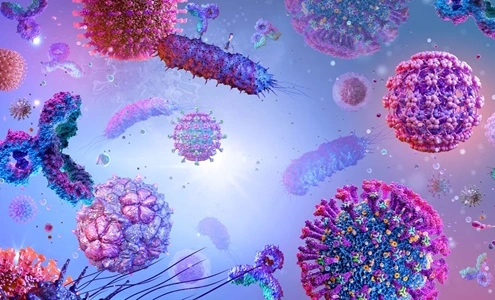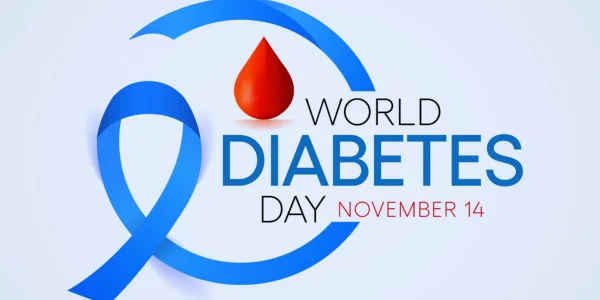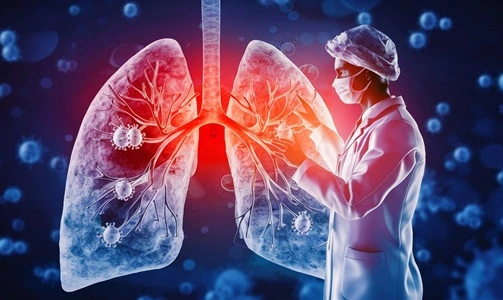India faces a variety of health challenges, with several diseases affecting large portions of the population. Understanding these common diseases is essential for prevention and treatment. This article provides an overview of the most prevalent diseases in India, their causes, symptoms, and preventive measures, using information from official health sources.
Quick Overview of Common Diseases in India

| Disease | Type | Key Causes |
|---|---|---|
| Cardiovascular Diseases | Non-Communicable | Unhealthy diet, lack of exercise |
| Respiratory Diseases (e.g., COPD) | Non-Communicable | Smoking, air pollution |
| Diabetes | Non-Communicable | Poor diet, sedentary lifestyle |
| Cancer | Non-Communicable | Tobacco use, genetic factors |
| Tuberculosis (TB) | Communicable | Bacterial infection |
| Malaria | Communicable | Mosquito-borne parasite |
| Dengue | Communicable | Mosquito-borne virus |
| Diarrheal Diseases | Communicable | Contaminated food and water |
| Hypertension | Non-Communicable | High salt intake, stress |
| Hepatitis | Communicable | Viral infection |
Details About Each Disease
1. Cardiovascular Diseases (CVDs)
- Description: Includes heart attacks and strokes; leading cause of death in India.
- Causes: Unhealthy diet, lack of physical activity, tobacco use, and excessive alcohol consumption.
- Symptoms: Chest pain, shortness of breath, fatigue.
- Prevention: Maintain a balanced diet, exercise regularly, avoid tobacco, and limit alcohol intake.
2. Respiratory Diseases
- Description: Chronic diseases that obstruct airflow from the lungs.
- Causes: Smoking, exposure to air pollutants, occupational hazards.
- Symptoms: Chronic cough, wheezing, shortness of breath.
- Prevention: Avoid smoking, reduce exposure to pollutants, use protective equipment in hazardous environments.
3. Diabetes
- Description: A condition characterized by high blood sugar levels.
- Causes: Genetic factors, obesity, poor diet, lack of physical activity.
- Symptoms: Increased thirst, frequent urination, unexplained weight loss.
- Prevention: Maintain a healthy diet, engage in regular physical activity, monitor blood sugar levels.
4. Cancer
- Description: Uncontrolled growth of abnormal cells in the body.
- Causes: Tobacco use, genetic predisposition, exposure to carcinogens.
- Symptoms: Lumps, unexplained weight loss, persistent fatigue.
- Prevention: Avoid tobacco and excessive alcohol, undergo regular screenings, maintain a healthy lifestyle.
5. Tuberculosis (TB)
- Description: A contagious bacterial infection that primarily affects the lungs.
- Causes: Mycobacterium tuberculosis bacteria, spread through the air.
- Symptoms: Persistent cough, chest pain, coughing up blood.
- Prevention: Ensure proper ventilation, wear masks in high-risk areas, complete TB vaccination.
6. Malaria
- Description: A mosquito-borne disease caused by Plasmodium parasites.
- Causes: Bites from infected Anopheles mosquitoes.
- Symptoms: Fever, chills, headache, muscle aches.
- Prevention: Use mosquito nets, apply insect repellent, eliminate standing water sources.
7. Dengue
- Description: A viral infection transmitted by Aedes mosquitoes.
- Causes: Bites from infected mosquitoes, especially during the day.
- Symptoms: High fever, severe headache, joint and muscle pain.
- Prevention: Use mosquito repellents, wear protective clothing, prevent mosquito breeding.
8. Diarrheal Diseases
- Description: Infections causing frequent, watery bowel movements.
- Causes: Consumption of contaminated food or water, poor sanitation.
- Symptoms: Loose stools, abdominal cramps, dehydration.
- Prevention: Ensure safe drinking water, practice good hygiene, cook food thoroughly.
9. Hypertension (High Blood Pressure)
- Description: A condition where the force of blood against artery walls is too high.
- Causes: High salt intake, obesity, stress, lack of physical activity.
- Symptoms: Often asymptomatic; severe cases may cause headaches, shortness of breath.
- Prevention: Reduce salt intake, maintain a healthy weight, manage stress, exercise regularly.
10. Hepatitis
- Description: Inflammation of the liver, commonly caused by viral infections.
- Causes: Hepatitis viruses (A, B, C), contaminated food and water, unsafe blood transfusions, and sharing needles.
- Symptoms: Jaundice (yellowing of skin and eyes), fatigue, abdominal pain, dark urine, and loss of appetite.
- Prevention:
- Get vaccinated for Hepatitis A and B.
- Avoid contaminated food and water.
- Practice safe injection practices and use clean needles.
Government Initiatives to Tackle Common Diseases
1. National Health Mission (NHM)
- Focuses on strengthening healthcare systems, especially in rural areas.
- Includes programs to combat non-communicable diseases, tuberculosis, and malaria.
2. Revised National Tuberculosis Control Programme (RNTCP)
- Aims to detect and treat TB cases through free diagnostic and treatment services.
3. National Vector Borne Disease Control Programme (NVBDCP)
- Works to prevent and control diseases like malaria, dengue, and chikungunya.
4. Ayushman Bharat – Pradhan Mantri Jan Arogya Yojana (AB-PMJAY)
- Provides financial assistance for the treatment of major diseases, including cancer and heart conditions.
5. Awareness Campaigns
- Government and non-governmental organizations conduct campaigns to educate people about preventive measures for communicable and non-communicable diseases.
Steps to Prevent Common Diseases
1. Maintain Hygiene
- Wash hands regularly with soap and clean water.
- Ensure proper sanitation and avoid open defecation.
2. Adopt a Healthy Lifestyle
- Follow a balanced diet rich in fruits, vegetables, and whole grains.
- Avoid tobacco, alcohol, and processed foods.
3. Regular Exercise
- Engage in physical activities like walking, jogging, or yoga to maintain a healthy weight and reduce stress.
4. Timely Vaccination
- Ensure that children and adults are vaccinated as per government guidelines.
5. Early Detection and Treatment
- Go for regular health check-ups to detect diseases early.
- Seek medical attention promptly if symptoms appear.
Encouraging Community Participation
1. Awareness Drives
- Conduct community-based programs to educate people about the causes, symptoms, and prevention of diseases.
2. Volunteering
- Support local health initiatives by volunteering in awareness and vaccination campaigns.
3. Supporting Public Health Policies
- Advocate for better healthcare facilities and support government initiatives for disease prevention and treatment.
Conclusion
Common diseases in India, whether communicable or non-communicable, pose significant health challenges. However, through awareness, early detection, and preventive measures, we can control and reduce their impact. Government programs, combined with individual efforts like maintaining hygiene, eating healthy, and regular check-ups, play a vital role in building a healthier nation.
Let us all work together to stay informed, protect ourselves, and support community health. Together, we can create a healthier and disease-free India

